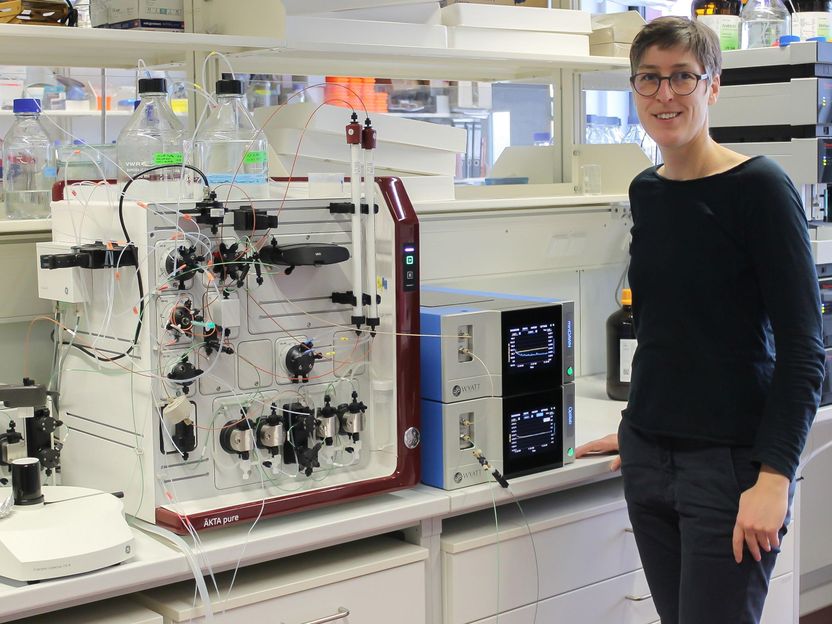Divide and rule: a tumour's strategy
Researchers have discovered how aggressive cells can invade healthy tissue during the earliest stage of tumour development. This opens up new ways of attacking cancer at its root.
When normal body cells escape the control from their peers, a tumour can form and eventually lead to cancer. Scientists have been struggling to understand how exactly these cells manage to set themselves free in the first place. The team of Eduardo Moreno, professor at the Institute of Cell Biology at the University of Bern, has now discovered that a mechanism that is known from the early development of embryos plays a role in the earliest stages of adult tumour development.
As part of their SNSF-funded project, the researchers were able to film the cells of developing fruit fly pupas under the microscope for several hours. The genetically modified fruit flies carried an artificially activated gene called Myc, which is known to be involved in tumour formation. The gene alone was sufficient to induce abnormal cells to divide more actively, squeeze through between healthy cells, kill them and take over their place. This represents an unexpected mechanism of invading tissues in the first phase of tumour development.
A model for most cancers
"The activation of the tumour gene gave the cells special mechanical properties helping them to intermingle with normal cells, surround them and eventually kill them more efficiently", says Romain Levayer, the first author of the study. "This invasion mechanism is known to be active during embryonic development when cells rearrange themselves to transform the body shape. We have now shown that cells are capable of using the same programme in order to invade healthy tissue", says group leader Moreno. "Divide and rule", the famous military strategy, is how the researchers describe the aggressive cells' behaviour.
The mechanism could explain the earliest beginnings of tumour development of most cancer types and is different from invasion mechanisms of metastases in later phases. "We were able to observe the mechanism in fruit fly pupas. The fruit fly was chosen as a model because it can be easily modified genetically. Since the pupa does not move and is transparent, it is ideal for observation under the microscope", says Moreno. About 90 percent of all cancers form in lining tissues (epithelia) like the one filmed in the pupas: in colon, skin or the mammary gland. The manipulated Myc gene is the most commonly misregulated gene in tumours. The identified mechanism could therefore apply to many cancers and help scientists to find new strategies to prevent tumour formation at its root before much damage has been caused.
Original publication
Other news from the department science

Get the life science industry in your inbox
By submitting this form you agree that LUMITOS AG will send you the newsletter(s) selected above by email. Your data will not be passed on to third parties. Your data will be stored and processed in accordance with our data protection regulations. LUMITOS may contact you by email for the purpose of advertising or market and opinion surveys. You can revoke your consent at any time without giving reasons to LUMITOS AG, Ernst-Augustin-Str. 2, 12489 Berlin, Germany or by e-mail at revoke@lumitos.com with effect for the future. In addition, each email contains a link to unsubscribe from the corresponding newsletter.





















































